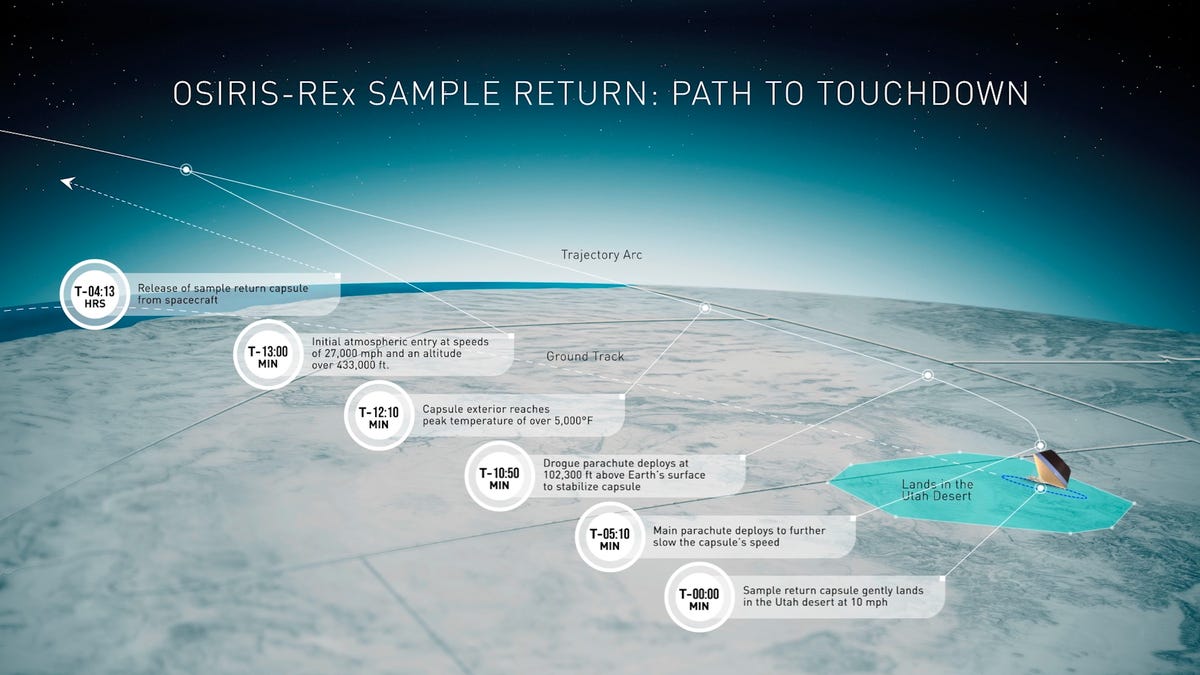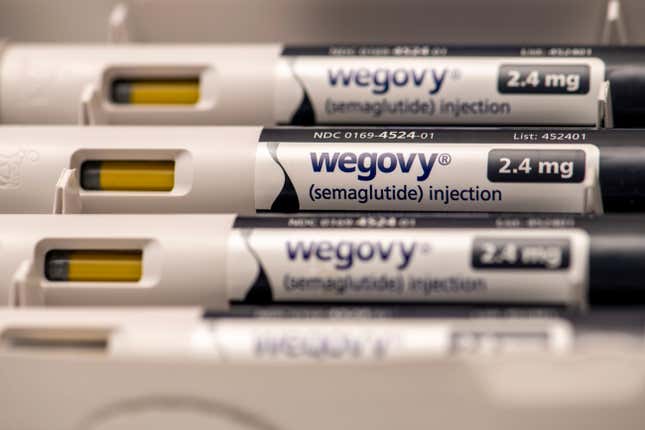A piece of a massive asteroid named Bennu is making its way back to Earth. After seven years since its launch from Cape Canaveral, Florida, NASA’s Osiris-Rex mission is coming to an end.
In 2020, a spacecraft the size of a van performed a “touch-and-go” maneuver in space and collected a few ounces of material from Bennu, which is essentially a pile of debris held together by its own gravity. Osiris-Rex remained in orbit around Bennu until 2021, when it began its two-year journey back to Earth.
The long journey will conclude on September 24, when the spacecraft will release the capsule containing the sample. The capsule will undergo a scorching trip through space before making a gentle landing at the U.S. military’s Utah Test and Training Range near Dugway, Utah.
Mission managers have been meticulously planning the return of the capsule for months. On September 10, NASA announced that the spacecraft had adjusted its trajectory and was on track to launch the capsule, which will enter Earth’s atmosphere from the California coast at 7:42 am PT. Approximately 13 minutes later, it will arrive in the planned area approximately 36 miles southwest of Salt Lake City, measuring 8.5 miles across.
This photo shows the events that take place between the time the Osiris-Rex spacecraft releases its sample capsule and the time it lands in the Utah desert.
As the capsule enters Earth’s atmosphere, it will experience intense heat, protected by a heat shield. Thermal imaging equipment will track its progress, and recovery teams will be dispatched via helicopter to retrieve it as quickly as possible to avoid contamination of Earth’s environment.
Osiris-Rex is NASA’s first mission of this kind. The Japanese space agency successfully sent two spacecraft, named Hayabusa and Hayabusa2, to collect and return samples from the asteroids Itokawa and Ryugu, respectively.
The sample is expected to arrive at the Johnson Space Center in Houston after landing on September 24. It will be inspected and revealed in a press conference on October 11. Scientists hope that this sample will provide insights into the formation of planets, including the Sun and the planets themselves, around 4.5 billion years ago.
As for the main spacecraft itself, its mission doesn’t end here. After delivering its treasure to Earth’s surface, Osiris-Rex will adjust its trajectory to avoid any potential future collisions in space. It will then set its sights on its next target, the asteroid Apophis, which will be renamed Osiris-Apex (Osiris-Apophis Explorer). Although the spacecraft is not equipped to collect and return another sample, it may attempt to blow the asteroid’s surface with its own gas to remove dust and particles for further study.
Apophis is considered a potentially hazardous asteroid, although there is currently no known threat of impact in the next century. However, it will continue to be closely monitored for many years to come.














